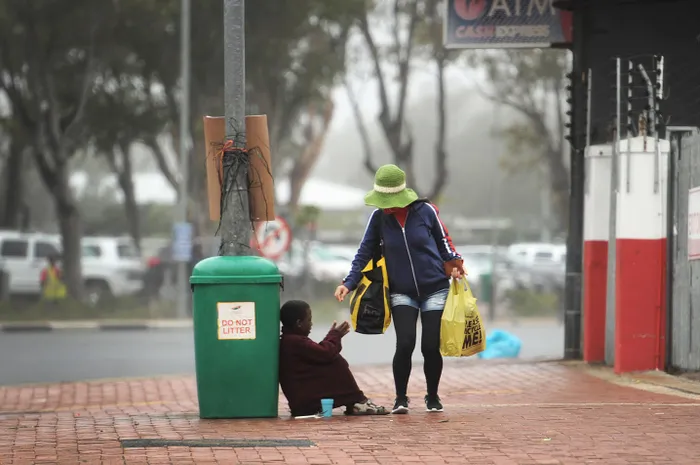Unpacking SA's homeless crisis | Understanding the challenges faced by South African youth after foster care

When one is 18, the next step would be to further studies, but for children exiting the system they are faced with lacked family and financial support.
Image: Armand Hough/Independent Newspapers
In South Africa, a child can be placed in foster care until they turn 18 years old, with the possibility of extensions until the age of 21 if certain conditions are met, under section 180 of the Children‟ 's Act 38 of 2005.
Many factors land a child in a situation where they are no longer in their birth parents' care and are homeless or are in foster care - a child of the system.
Statistics South Africa (Stats SA) demographic analysis indicates that the homeless population comprises approximately 7% children (0-17 years) and 44% youth (15-34 years).
Although youths face different hurdles in their transition to adulthood, those in child and youth care centres experience significant challenges resulting from their past experiences of harm, neglect, abuse and separation from parents.
Youth transitioning out of foster care who do not live with relatives often face greater difficulties compared to other young people.
Many have no financial, adult or any other support required to transition successfully to adulthood. Receiving little to no preparatory services from social workers for their transition to adulthood
The next step often becomes a stumbling block, for youth trying to figure out how to independently function.
When one is 18, the next step would be to further studies, but for children exiting the system they are faced with barely any family and financial support, and as a result, find entry into tertiary education more difficult than their peers in the general population do.
Lack of skills in managing finances, finding housing, and accessing healthcare, result in youth exiting youth care centres facing instability and homelessness.
With a lack of support, and youths transitioning from residential care to independent living they struggle to find employment. Studies have shown that many youths transitioning out of the system do not have permanent jobs and earn incomes below the poverty line.
Preparing youth aging out of foster care for independent living is crucial for a successful transition to adulthood. This preparation should involve addressing the developmental needs of young people within their care and permanency plans.
Furthermore, all foster children aged 15 and older should have the opportunity to participate in an independent living program.
Böning and Ferreira's study recommended individualized foster care plans for all foster children, including those in non-kinship care. These plans should include specific, needs-based objectives, timelines, and assigned individuals responsible for implementation.
This recommendation aligns with section 157(1)(a)(iii) of South Africa's Children’s Act 38 of 2005, which mandates that social workers create individual care plans for every child in alternative care.
Despite these challenges, several NGOs are actively working to support these vulnerable youths:
Baphumelele Children's Home – Fountain of Hope
Located in Cape Town, Baphumelele's Fountain of Hope program offers a 12-month residential initiative for youths aged 18–21 transitioning from care.
It provides life skills training, educational support, and agricultural work experience, aiming to equip participants with tools for independent living.
U-Turn, Khulisa Streetscapes, and MES – Coalition to End Homelessness
These Cape Town-based organizations have formed a coalition focusing on rehabilitation, skills development, and employment opportunities for homeless individuals, including youths. Their collaborative approach addresses immediate needs while promoting long-term self-sufficiency.
Harambee Youth Employment Accelerator
Harambee addresses youth unemployment by connecting first-time job seekers with employers. Their programs offer skills training and job placement services, providing economic opportunities that can prevent homelessness among youths exiting care.
IOL
Related Topics:
